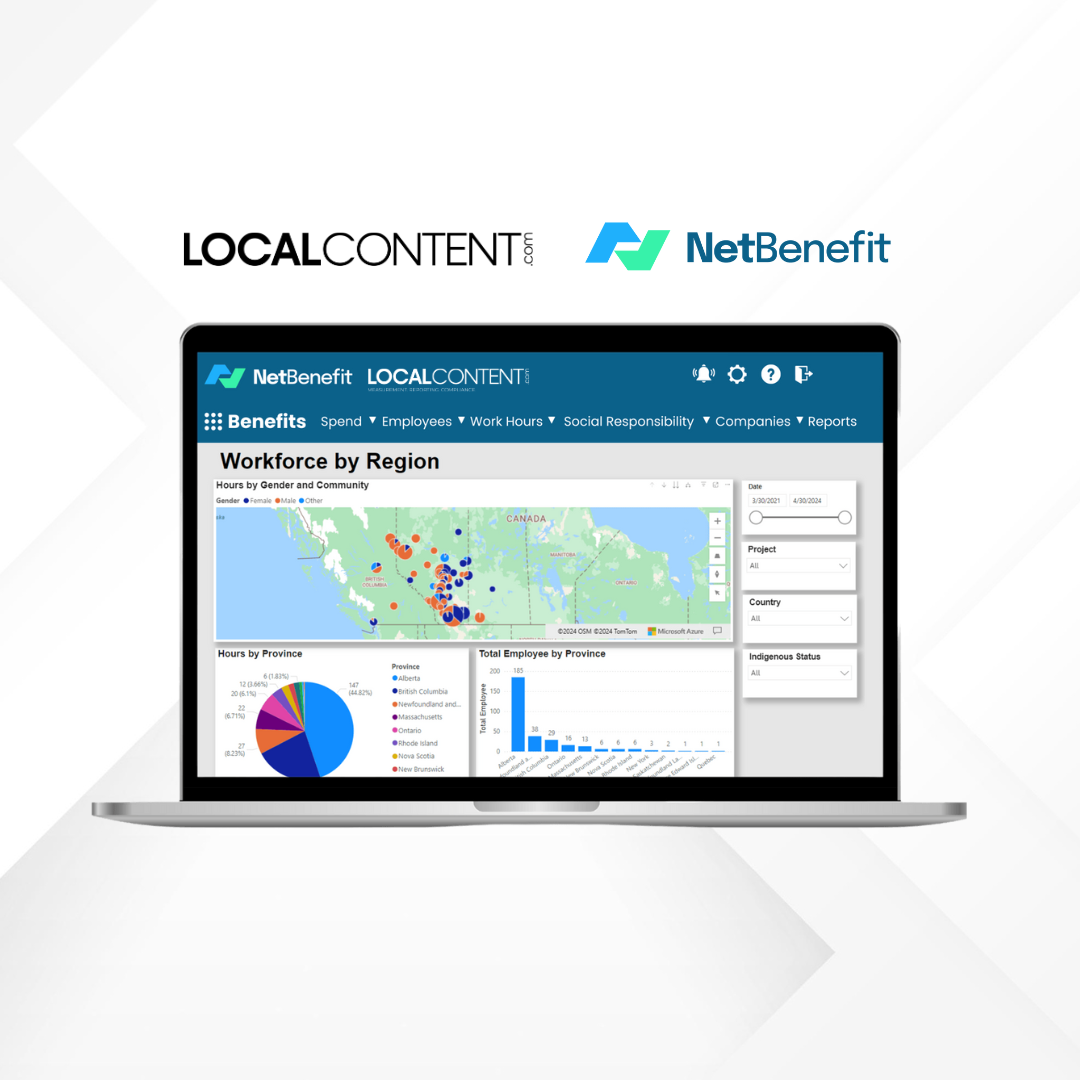An Offshore Renewable Energy Certificate (OREC) is a tool used to promote the development of offshore wind energy and encourage the production of clean electricity. For every unit of electricity (measured in megawatt-hours, or MWh) that an offshore wind farm produces, the developer earns one OREC. These certificates represent the environmental benefits of creating energy from renewable offshore wind rather than fossil fuels.
ORECs are part of programs designed by states to meet clean energy goals. Many states require utilities to buy renewable energy to lower their carbon emissions. To meet these goals, utilities purchase ORECs from offshore wind developers. This financial support helps offshore wind farms cover the high costs of building and operating turbines far out at sea.
Here’s how the process works:
- Generating Renewable Energy: Offshore wind farms produce electricity that goes into the power grid. Each megawatt-hour of energy produced earns one OREC.
- Selling ORECs: Offshore wind developers sell the ORECs to utilities or other companies. The income from these sales helps fund the construction and operation of the wind farms.
- Proving Clean Energy Use: Utilities use ORECs to show they are meeting their state’s renewable energy requirements. These programs aim to reduce pollution and support a cleaner environment.
ORECs provide a steady income stream for developers, encouraging more offshore wind projects. As a result, they help states increase clean energy production, reduce greenhouse gas emissions, and move toward energy independence.
Why Are ORECs Important to Local and Domestic Content Compliance?
- Supporting Local Jobs and Businesses:
ORECs can include rules that require offshore wind projects to use local workers and small businesses. This ensures that communities near the projects benefit from job creation and economic opportunities, aligning with local content requirements. - Boosting Community Benefits and Transparency:
OREC programs often require developers to invest in local communities through training programs, infrastructure improvements, or education initiatives. These efforts support community well-being and provide a clear record of how projects contribute to local development.
By tying ORECs to local and domestic content goals, states can promote renewable energy while creating jobs and ensuring that the benefits of clean energy projects are shared fairly. This bipartisan approach supports economic growth, environmental sustainability, and energy independence.








